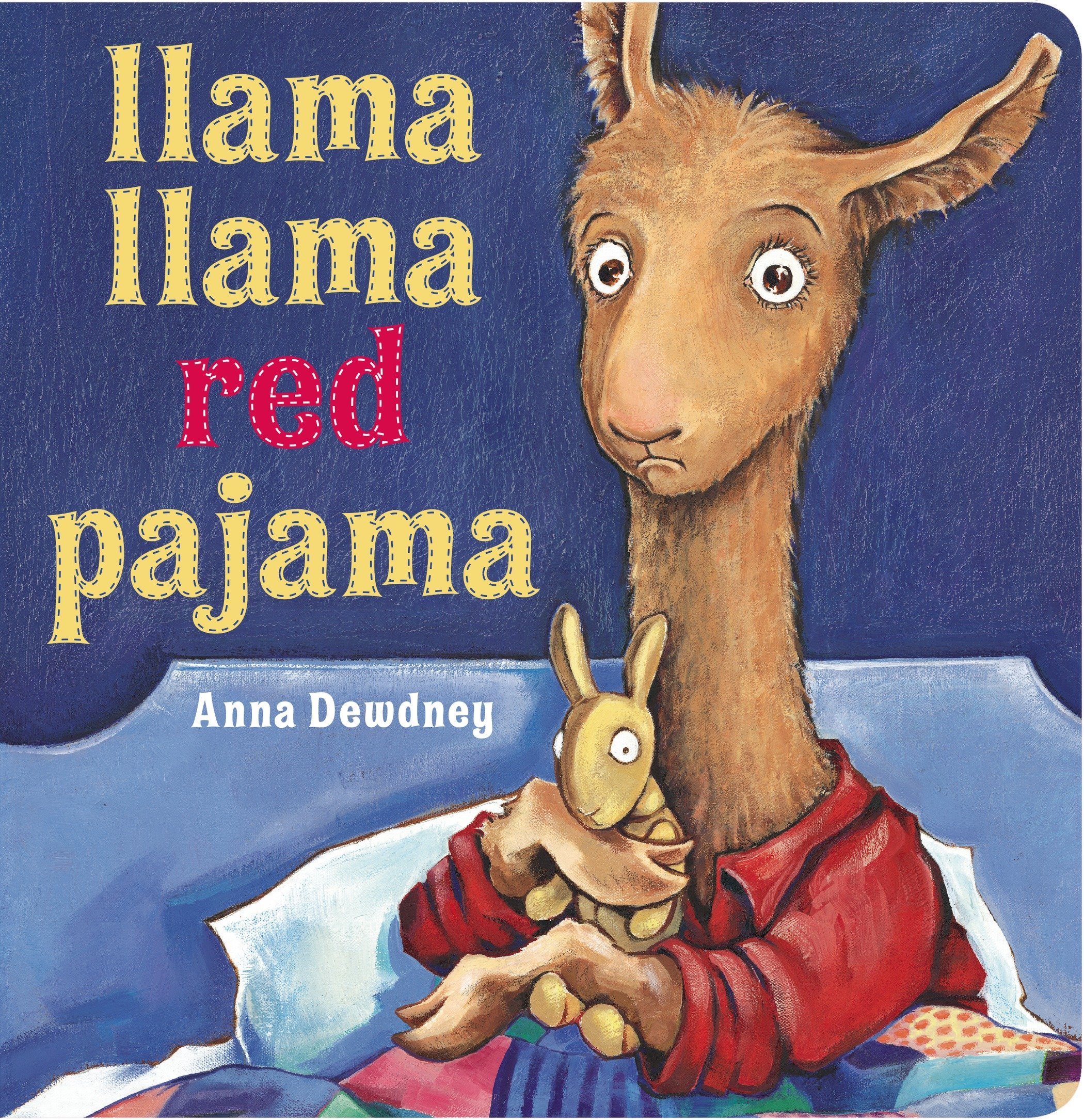Sight Words: where, they
Make sure you are practicing the sight words that are coming home. The ones your child should know at this time include:
- I
- a
- see
- the
- can
- we
- is
- at
- to
- me
- it
- look
- up
- my
- like
- and
- go
- am
- have
- will
- on
- has
- do
- had
- got
- his
- she
- he
- did
- play
- are
- come
- for
- him
- said
- here
- was
- all
- where
- they
Comprehension Strategy: This week we took time learning about non-fiction text features. We primarily focused on the following: Table of Contents, Heading, Label, and Photograph. We practiced identifying these in a variety of ways. On Monday we spent time learning about what each text feature was and what it looked like.
On Tuesday we used a dice to roll and together with a partner found the text feature it landed on in a book. Later in the week we went on a Scavenger Hunt and checked each text feature off while listening to a story read aloud. On Friday we had a fun review with Kahoot! Kiddos got together with their ipad partner and worked together to find the right answer. They loved the review!
Accuracy: This week we spent time learning about the H-Brothers! Each day we learned more about each brother and the sound he makes.

This week in writing we learned about capitals. We learned that each sentence starts with a capital letter. The rest of the sentence should have all lower case letters. We practiced by adding a capital letter at the front of each sentence on our Anchor chart and then we fixed up the sentence that I wrote on my story.
The next day we learned how important spaces are in our writing. Our mini lesson started with a fast paced commercial that the kids thought was hilarious! He was talking so fast, which we compared to sentences that have no spaces- everything runs together. We learned about our tool - the space stick. We practiced writing using our space stick which is the perfect amount of space inbetween each word.
We finished the week by reviewing ending marks, specifically a period. We were reminded that at the end of every sentence goes a period. A period tells us to stop. If we don't have one, our sentence trails on and on.
The next day we learned how important spaces are in our writing. Our mini lesson started with a fast paced commercial that the kids thought was hilarious! He was talking so fast, which we compared to sentences that have no spaces- everything runs together. We learned about our tool - the space stick. We practiced writing using our space stick which is the perfect amount of space inbetween each word.
We finished the week by reviewing ending marks, specifically a period. We were reminded that at the end of every sentence goes a period. A period tells us to stop. If we don't have one, our sentence trails on and on.
We played a game called SMASH-IT! We rolled out the total number of play-doh balls and then smashed the ones that we took away. For our picture, we practiced taking away using the app Doodle Buddy. We used stamps to count out the total and then with the marker put an X over the amount we took away.
Content: This week we learned about Polar Animals. We started the week by learning facts about different Polar Animals. We then learned about adaptation and learned how penguins stay warm in the arctic. We colored a picture of a penguin and then watched the water bead off the picture just like in real life! We finished the week with our penguin craft and labeled important parts of a penguin.
This week we learned about the word Responsibility. We brainstormed ways we can be responsible at school and at home.
- February 17: School Make-Up Day
- February 14: Valentine's Day Party (19 students in our class)
- March 13: End of the 3rd 9 Weeks
- March 23-27: Spring Break NO SCHOOL









































































